The Outdoor Writers Association of America, now in its 91st year, is one of the oldest professional communications organizations in North America. Each year, it recognizes top stories in a variety of media, including blogs, through its Excellence in Craft Awards.
In the 2017 contest, three of our Cool Green Science writers won awards in five categories for their stories: Matt Miller, Justine Hausheer, and Christine Peterson. We are honored to be recognized, and hope you enjoy this selection of the winning entries.
-
Wide Horizons: A Journey Across Martu Country
2nd Place, Outdoor Fun & Adventure
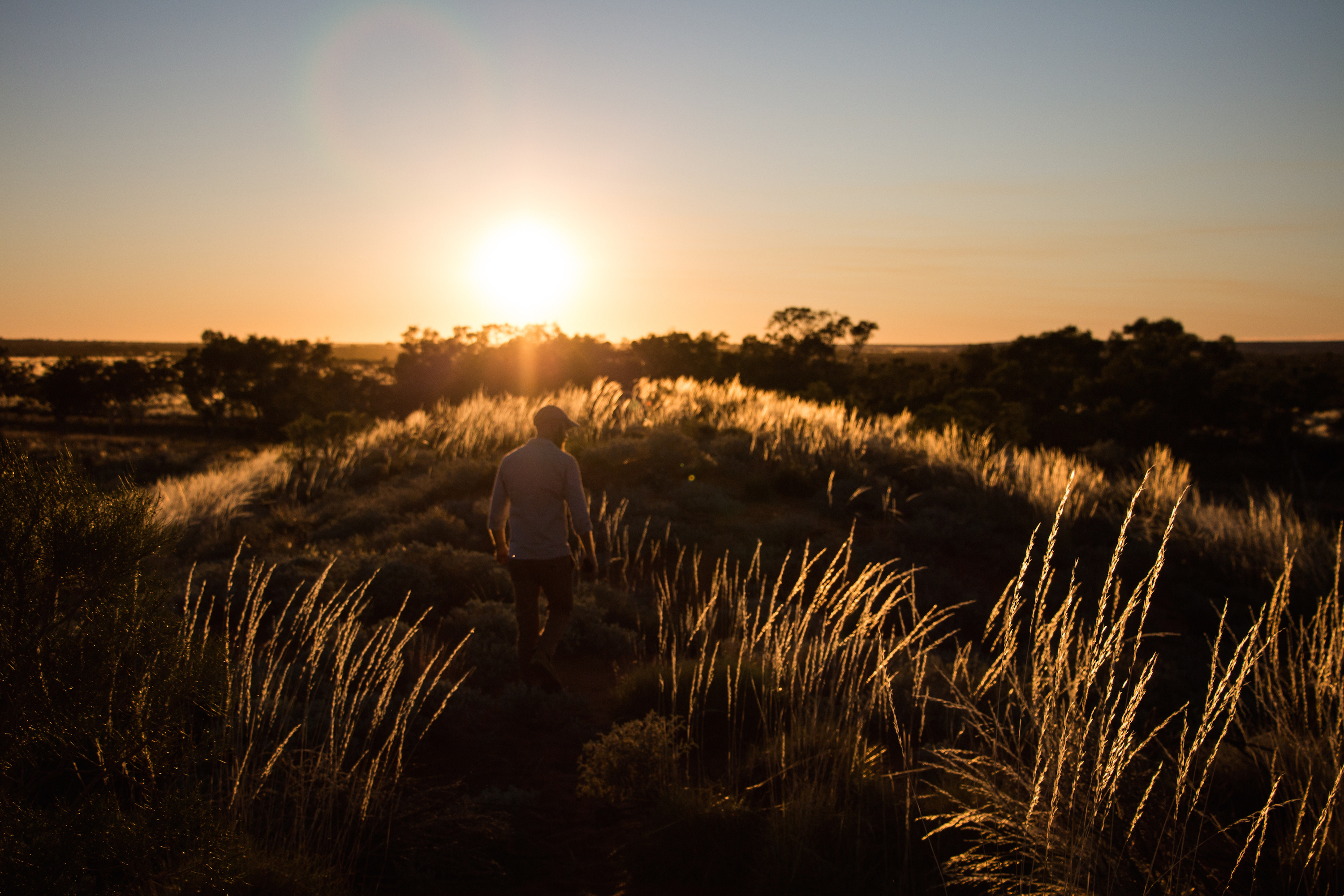
Sunset on Martu country. Photo © The Nature Conservancy (Justine E. Hausheer) Follow field reporter Justine Hausheer on a journey across more than 350 kilometers of Australia’s remote and vast Western Desert. This red sea of sand, spinifex, and watermelon-pink parrots is the traditional home of the Martu people, who are working with Conservancy scientists to gather data on how camels affect the health of desert waterholes. After dumpster-diving for scientific equipment in Newman, the research team drove east to the Parnngurr, passing the infamous Rabbit-Proof Fence, dunefields, camel herds, and some of the oldest geological formations on earth.
-
Gar Wars: A Fish Force Awakens
2nd Place, Fishing
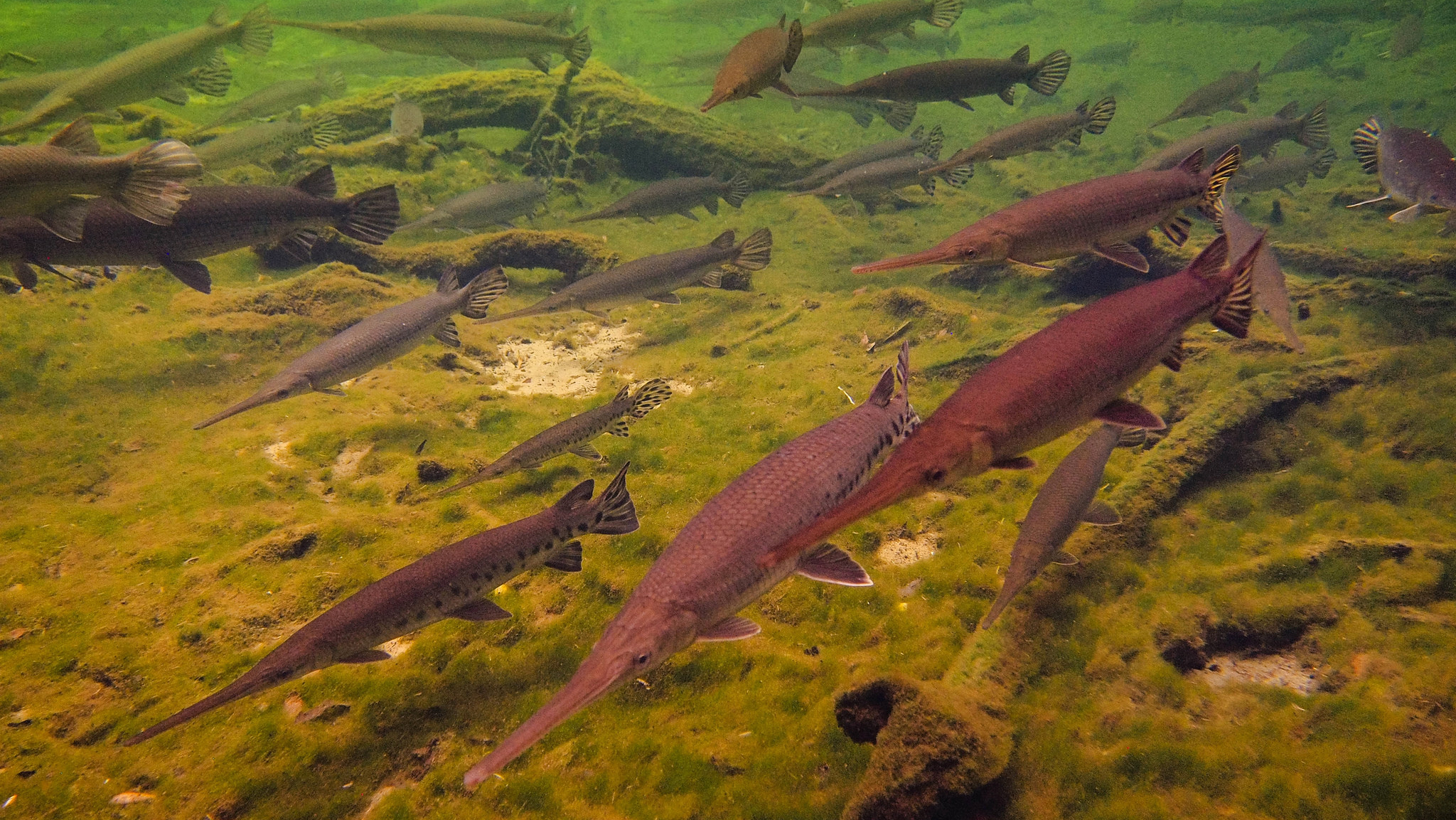
Longnose Gar in Blue Springs State Park. Photo © Phil’s 1stPix / Flickr through a Creative Commons license Gar are primitive fish that have thrived for millions of years. They swam with the dinosaurs. They survived asteroids and Ice Ages. But modern society has been much less kind, because many people simply hate them. Accused of crimes they didn’t commit – including attacking people – they have been shot, netted, dynamited and electrocuted. But, as Matt Miller reports, there’s a new hope in the Gar Wars.
-
Tongue Orchids & Corpseflowers: 7 Insanely Weird Plant Species
2nd Place, Humor
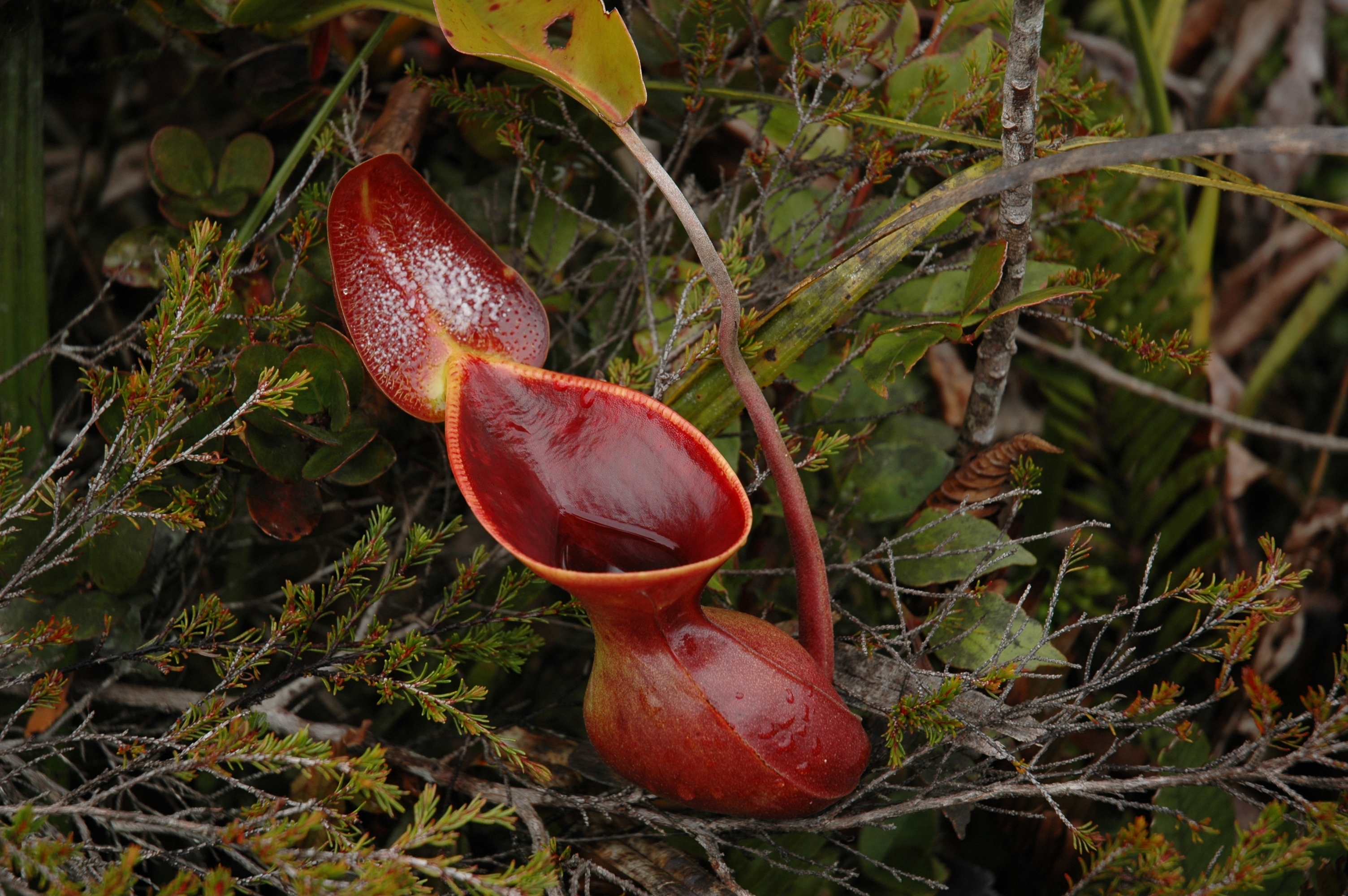
Photo © Jeremiah Harris / Wikimedia Commons Weird animals get all the attention, but the plant kingdom has its own assortment of absurdly weird evolutionary oddities. Justine Hausheer brings you a list of strange flora, including the plant that eats shrew poo, the orchid that has sex with itself, and the embarrassingly phallic titan arum.
-
Five Endangered Species Recoveries You’ve Never Heard Of
1st Place, Conservation
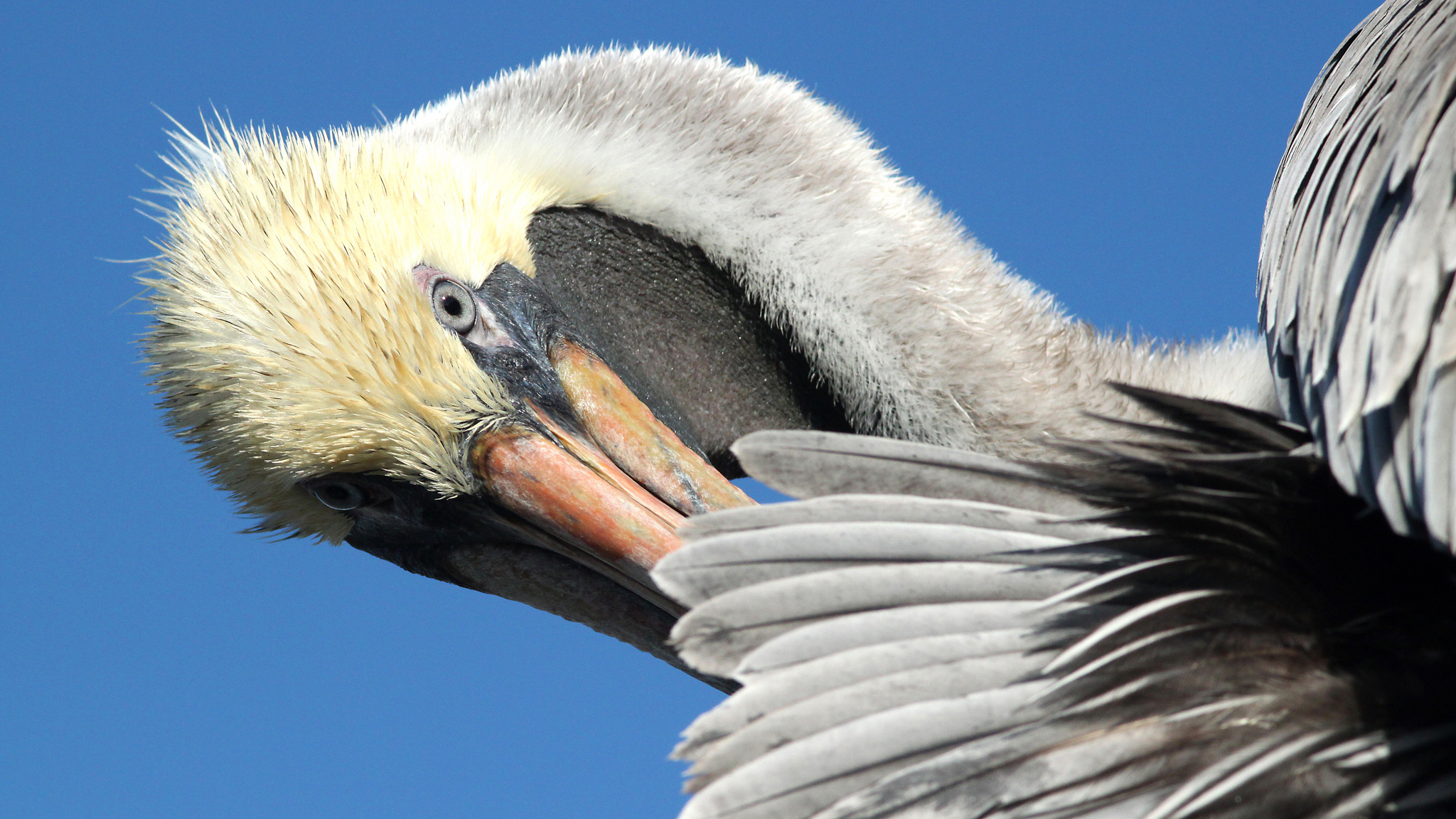
Brown Pelican. Photo by ALAN SCHMIERER / Flickr in the Public Domain We’re all familiar with the bald eagle’s saga, bouncing back from the brink of extinction to become a well-recognized conservation success story. More than 40 species have been officially recovered by the Endangered Species Act, but some get more publicity than others. Writer Christine Peterson explores five lesser known — but no less interesting — stories of species recovery, including the island night lizard and the brown pelican.
-
Bioacoustics Reveal How Biodiversity Changes Across Borneo’s Logged Forests
3rd Place, Conservation & Nature

A concession worker holds a recorder at the ready. Photo © The Nature Conservancy (Justine E. Hausheer) If a tree falls in the forest, how many species subsequently disappear? And could selective logging concessions, which leave a majority of the standing, provide better biodiversity protection than a combination of intensive palm-oil plantations and protected areas? Justine Hausheer traveled deep into a logging concession in Indonesian Borneo to learn how recordings of forest sounds are helping scientists answer some of these conservation questions.
-
A Field Guide to Tracking in Your Neighborhood
3rd Place, Family Participation
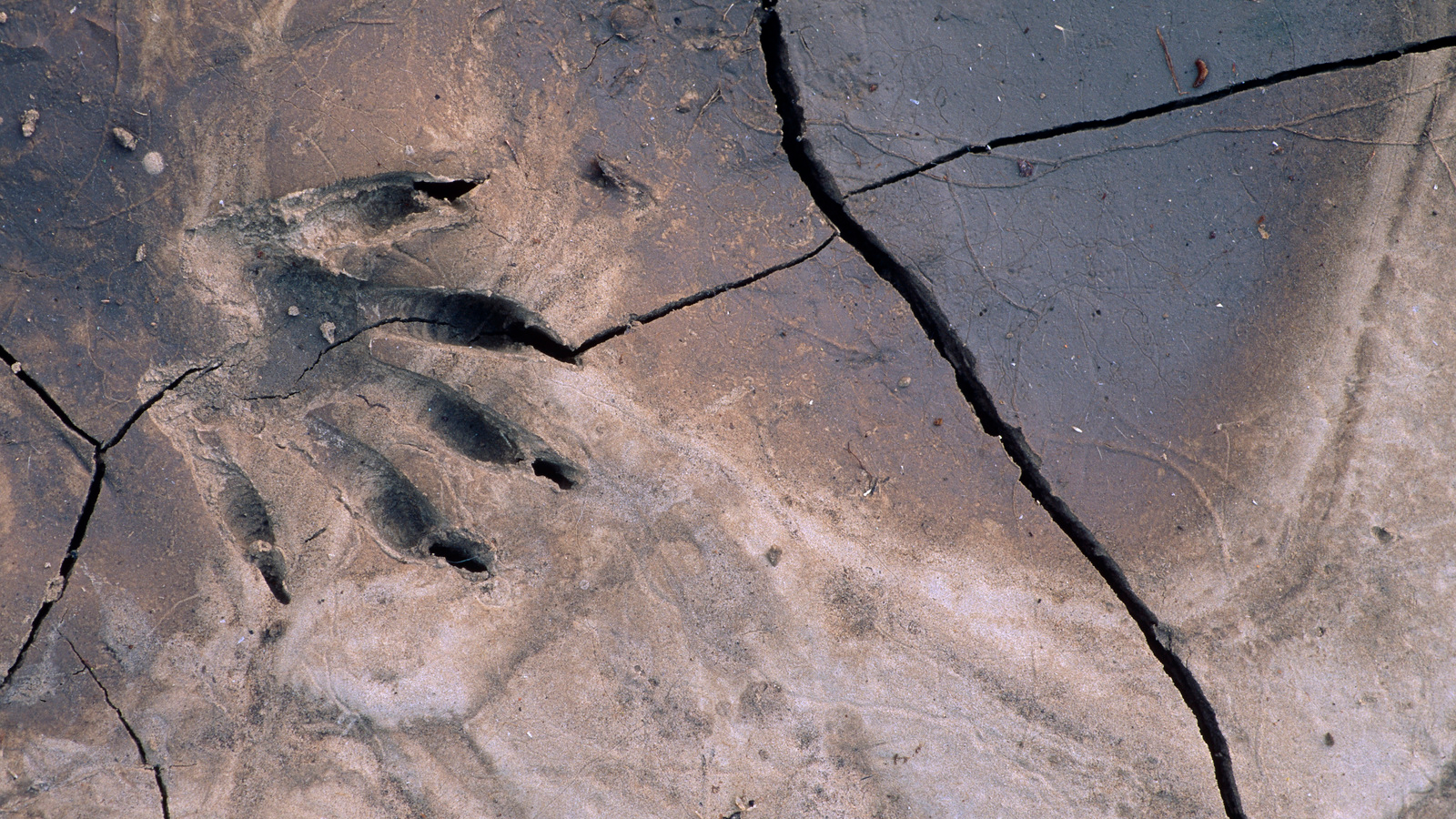
Raccoon track in mud along stream. Sarpy County, Nebraska. October 1996. Central Tallgrass Prairie Ecoregion. Photo © The Nature Conservancy (Chris Helzer) Some of our most popular blogs help connect people with nature in their own backyards. In this story, Matt Miller describes basic animal tracks that you might come across around your U.S. neighborhood. Following tracks is often the best way to learn habits of undisturbed wildlife. Oftentimes, you never know many elusive animals are roaming your neighborhood – until you see their tracks. It might be difficult to catch a glimpse of a raccoon, but you may be able to follow its nightly routine via tracking.
-
Fantastic Fecal Phenomena of the Animal World
3rd Place, Humor
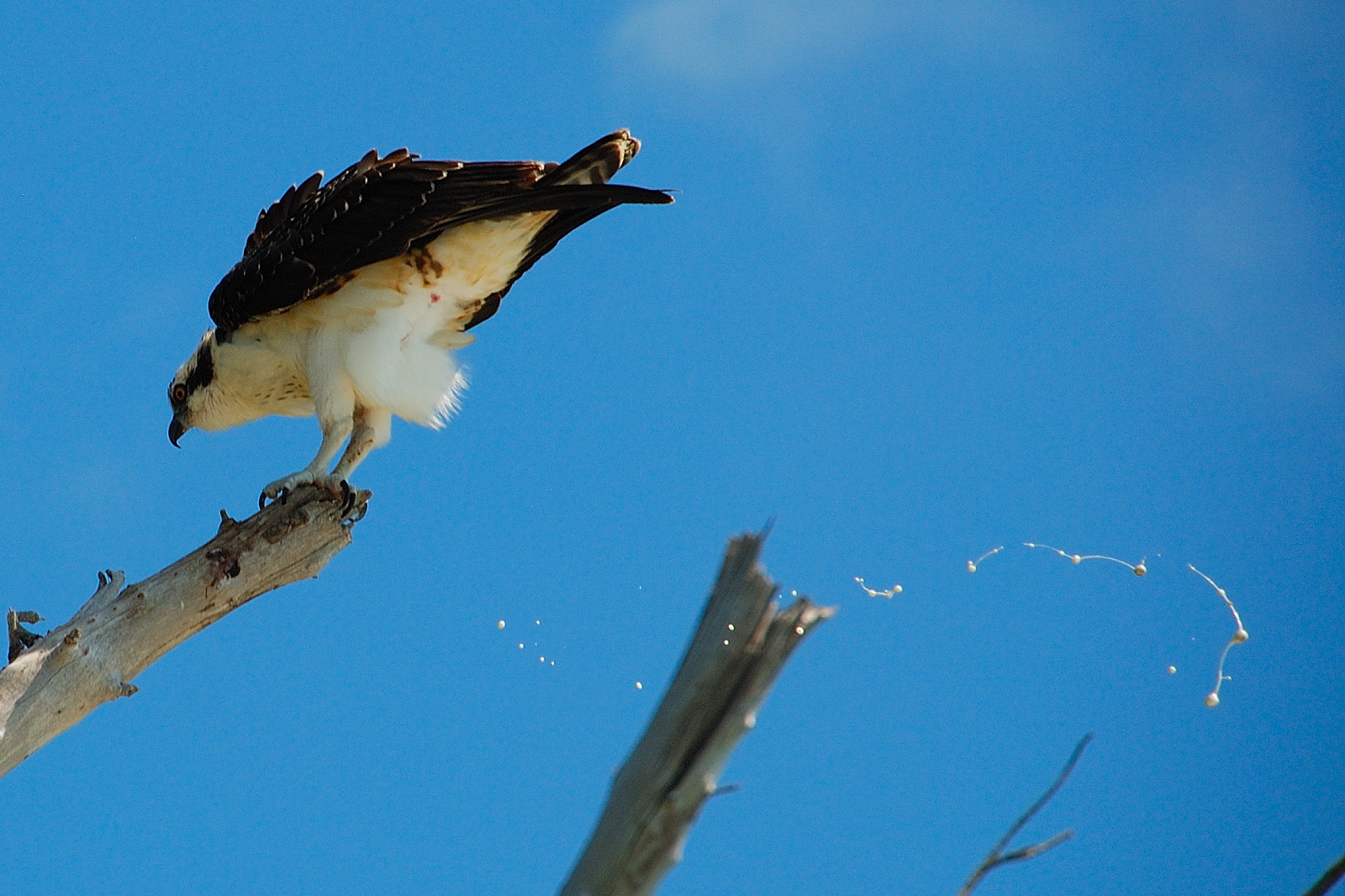
Photo © Don Johnson 395 / Flickr Swimming with dolphins is just about as magical as is sounds…. until they crap in your face. After a rather unexpected and unsavory encounter with dolphins in Papua New Guinea, reporter Justine Hausheer dug deeper to bring you seven incredible tales of excrement from the natural world … without the face-first immersion.




I am passionate about all wildlife and the environment. I can never get enough of learning as much as I can, nor doing all that I can to protect them all.
Congratulations. I look forward to Cool Green Science’s arrival in my email box. I have learn so much from your stories and enjoy them immensely. Thank you.
Congratulations for this well-deserved recognition!